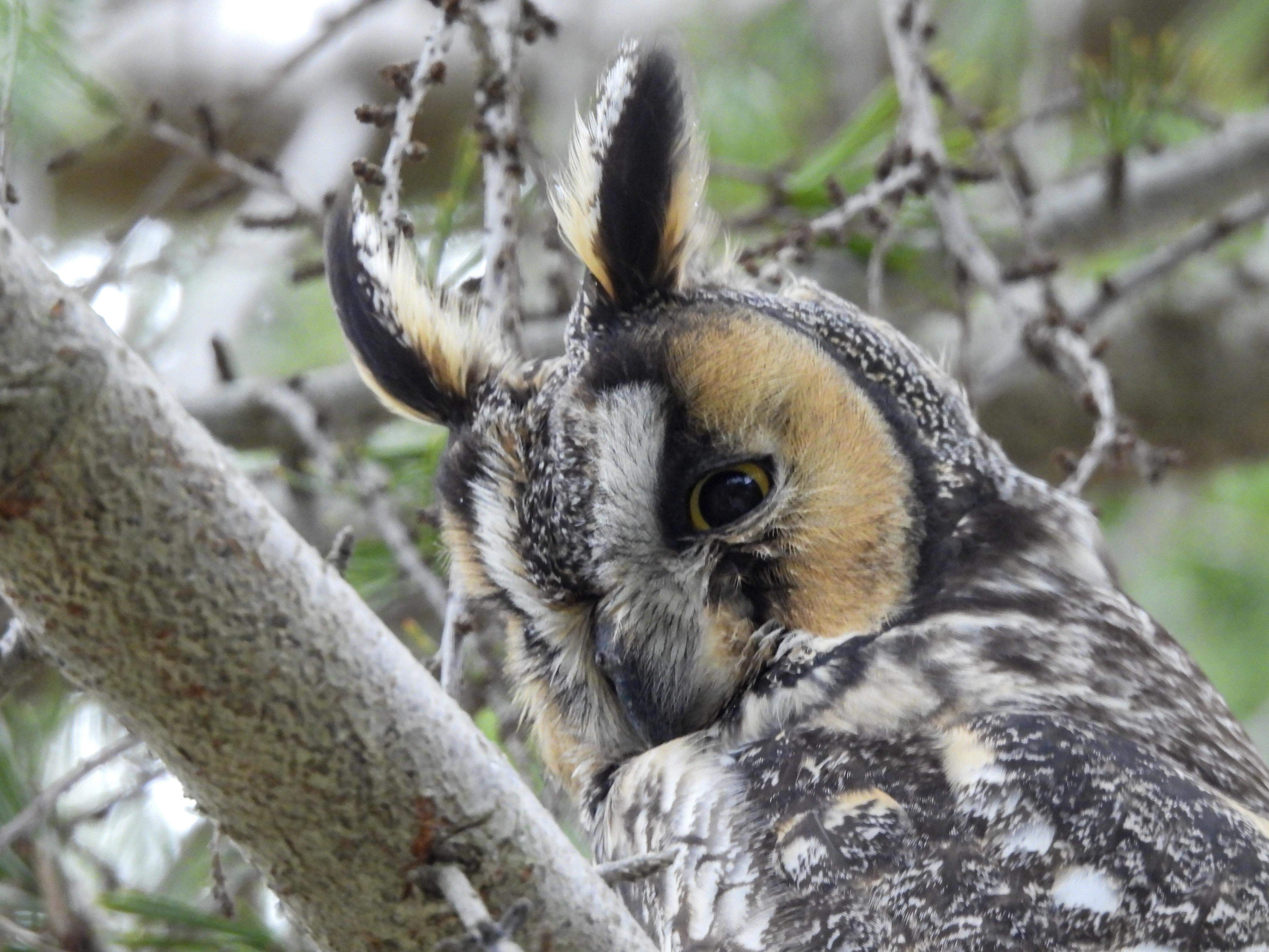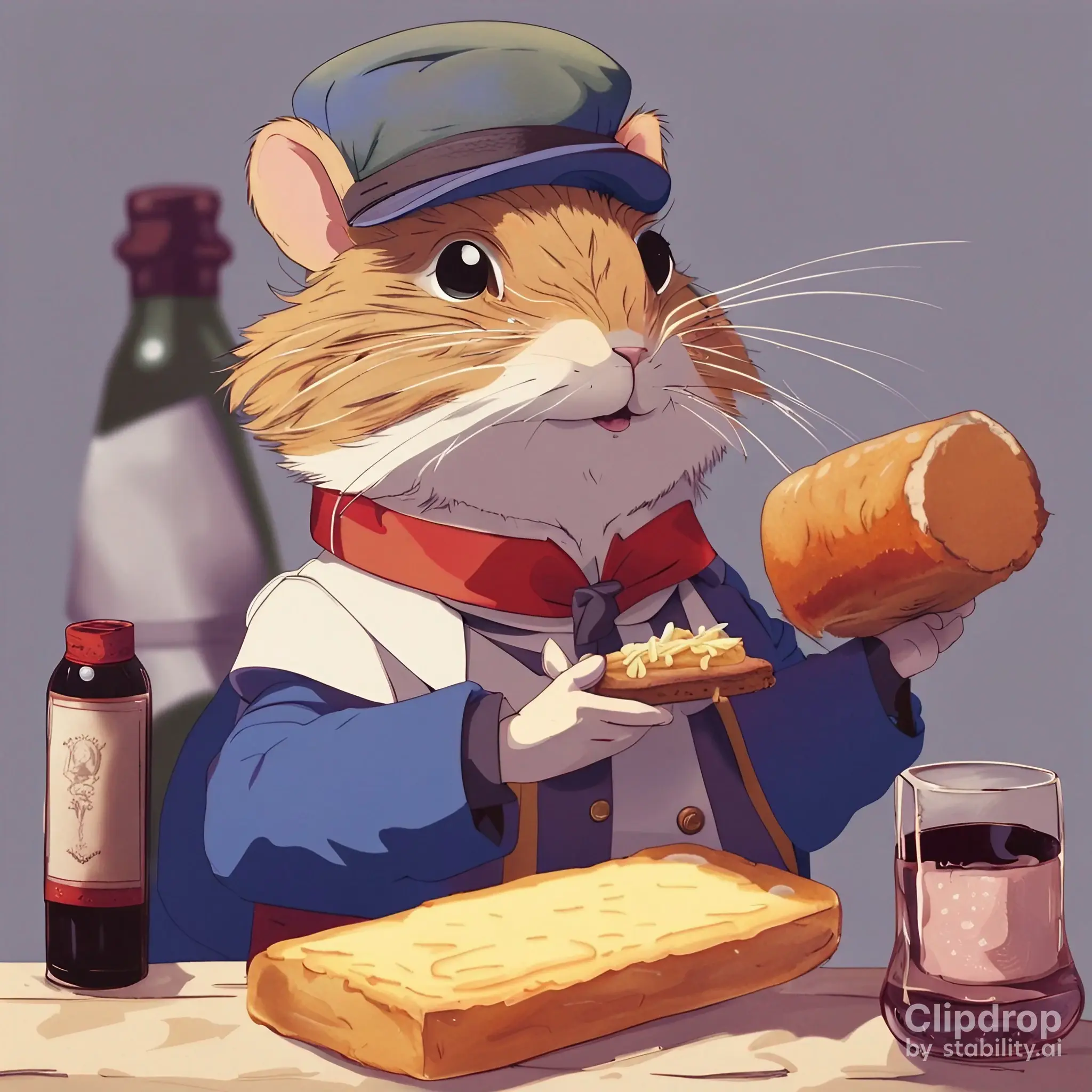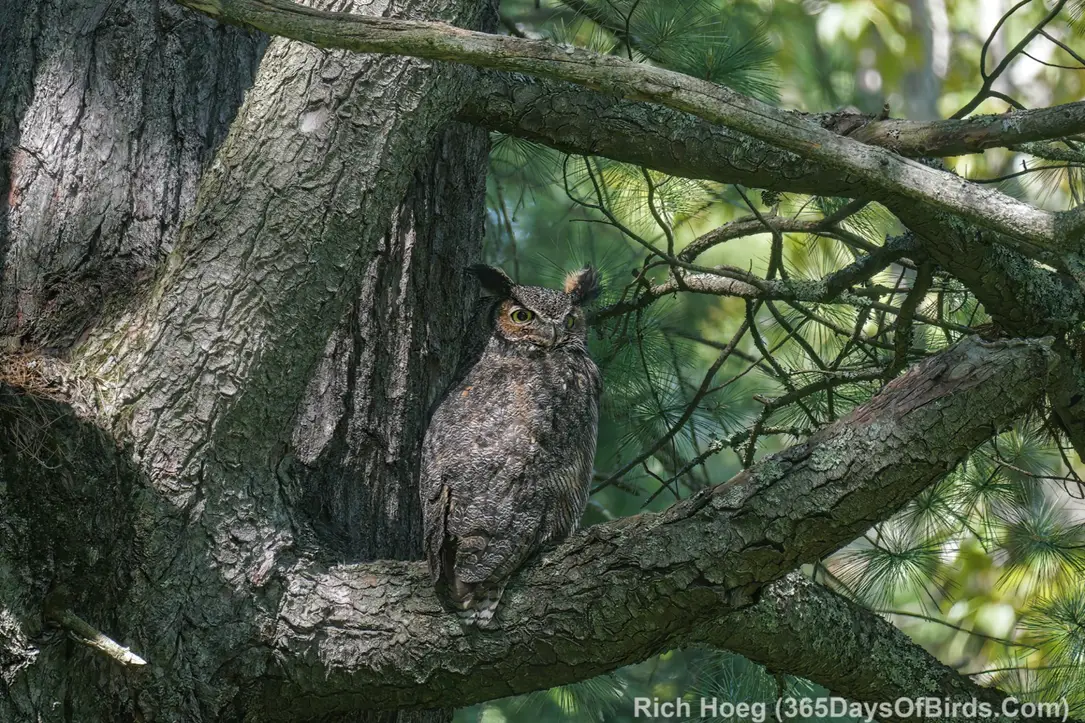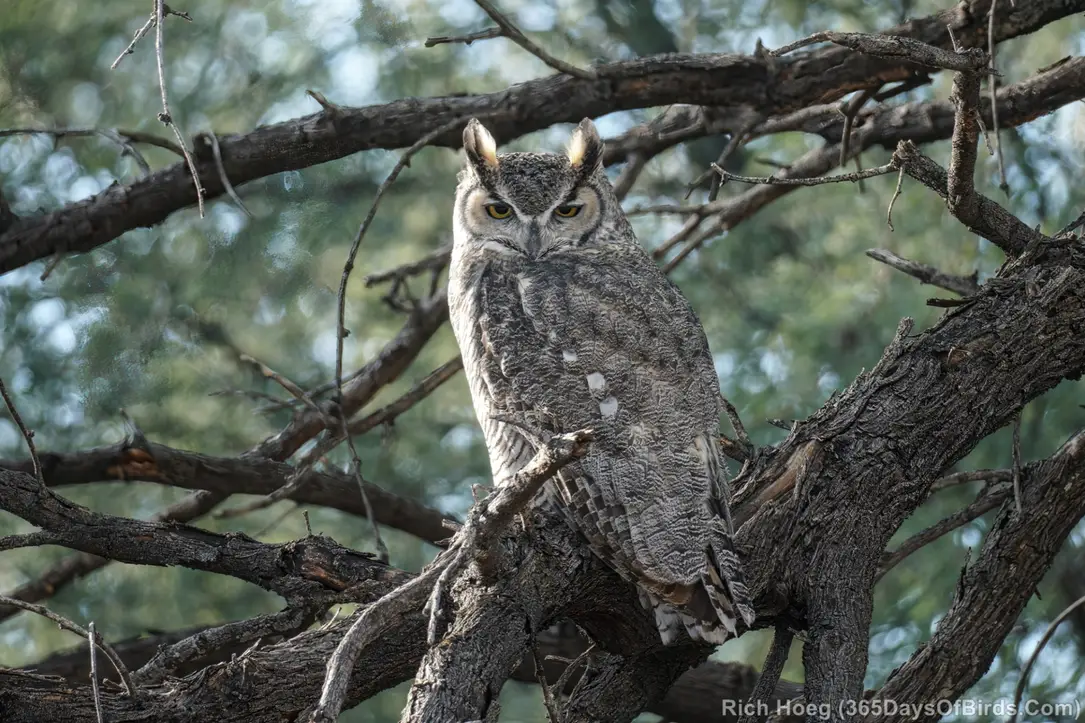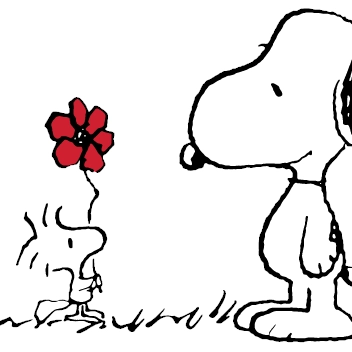- cross-posted to:
- superbowl@lemmy.world
- cross-posted to:
- superbowl@lemmy.world
Ping @ouille@jlai.lu
Ils sont aussi magnifiques, superbes même. publication croisée depuis : https://lemmy.world/post/21974901
From Rich Hoeg
Plumage Variations, Morphs, or Phases. All three terms describe feather color differences in birds, and this case specifically owls.
In the 1st image you are viewing a Great Horned Owl (GHO) adult and owlet. The parent has an "Arctic Phase’ coloration to its feathers, which is very white. The photo was taken during June of 2023 in Alberta.
Arctic Phase Great Horned Owls tend to live well north in Canada where the white coloration helps with camouflage during the snowy season.
We now move south for a “Desert or Southwest Phase” GHO which I watched hunt in Arizona’s Sonoran desert late yesterday afternoon. Its grayish white colors help blend in with the desert habitat.
Finally we move to NE Minnesota. This GHO has a more common “Boreal Forest Phase”. This particular owl has nested near my home for the past six years. Its brownish gray coloration helps the bird blend in with the white pine in which it is perched.
Ils n’ont pas de bras les oiseaux, c’est affreux, j’ai toujours l’impression qu’il vont culbuter vers l’avant, ça n’a aucun sens.
Ben si, ça s’appelle des ailes ! Mais ton commentaire m’a fait sourire.
XD
Image 1 :
- C’est qui ?
- Ah lui, je le connais
Image 2 :
- Tu veux ma photo ?
Image 3 :
- C’est le matin.
Il y a quelque chose d’un peu snob, j’ai l’impression qu’ils me regardent de haut
C’est vrai que leurs aigrettes leur donnent un air désapprobateur.
Psychologie aviaire de comptoir
J’imagine que quand tu passes ton temps en vol ou perché sur arbre, tu finis naturellement par regarder les gens de haut.
